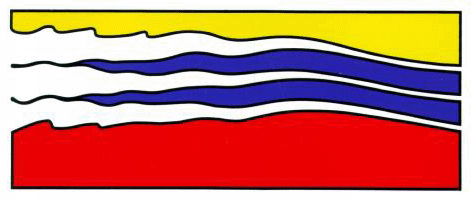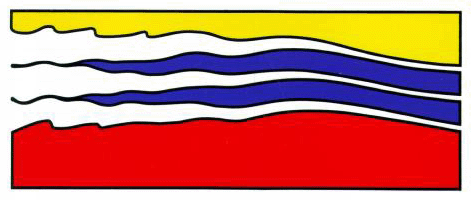
4111 Monarch Way, 3rd Floor
Old Dominion University
Norfolk, VA 23508
757-683-4940


Marginal sea overflows are the starting points of the
thermohaline circulation since they are the sources of the deep and
intermediate water formation. Observations show that there are
different processes that affect the amount of mixing in the overflows
such as hydraulic control, bottom stress, rotation and shear
instabilities. In addition to this, bottom topography and overflow
eddies are also responsible for setting up the product water properties
of the overflows.
The goal of this study is to determine whether the processes that induce
mixing in all overflows are the same or not. Idealized and realistic
numerical simulations are performed to identify the dynamics of the
overflows. Non-hydrostatic 2D and 3D simulations were employed to model an
idealized exchange flow in a narrow channel with different topographic
features such as sills and constraints. In addition to that, 3D regional
non-hydrostatic Bosphorus strait exchange flow is simulated. We also try to
distinguish the similarities and differences between the Red Sea and the
Mediterranean overflows using high resolution regional models.
Dr. Ilicak received B.S. and M.S. degrees in Mechanical Engineering from Bogazici University in Istanbul, Turkey. He earned a Ph.D. in Meteorology & Physical Oceanography from the Rosenstiel School of Marine and Atmospheric Science at the University of Miami. Currently, he is a Postdoctoral Research Associate in the Program for Atmospheric & Oceanic Sciences at Princeton University. Dr. Ilicak's research interests include two-layer exchange flows, effect of topography in overflows, stratified turbulence, and high order turbulence closures.

|
Innovation Research Park Building I 4111 Monarch Way, 3rd Floor Old Dominion University Norfolk, VA 23508 757-683-4940 |

|